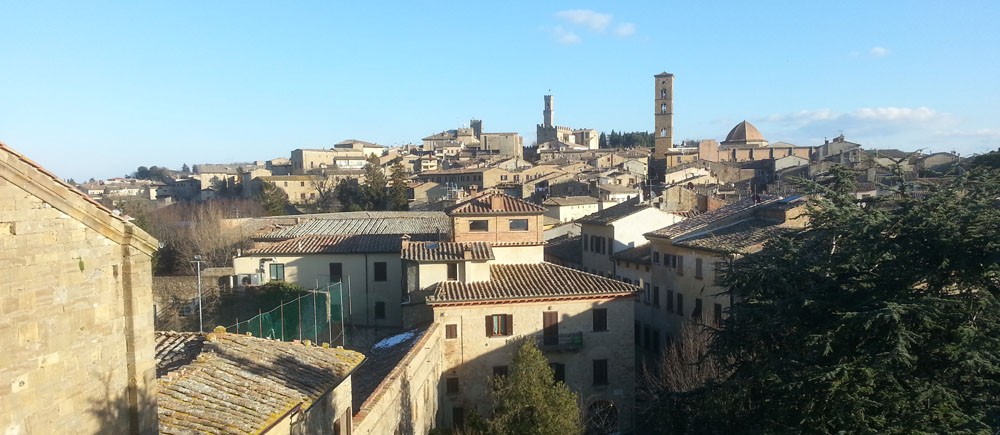Reality Roundtrip
Tomorrow I leave for St. Louis to attend this year’s BILT North America conference. I’ll be a speaker at the event and I am presenting a session called: “Back to Reality: From Scan to Model to VR”. In the session I talk about the process of capturing reality with laser scanners, drones and photographs, processing the captured data in a variety of ways and ultimately presenting the results in a new form of reality (both physical 3D printed models and virtual reality experiences). It makes a nice round trip experience. In the session, I’ll be showcasing datasets captured in Volterra during my participation in the two Reality Capture Workshops hosted there.
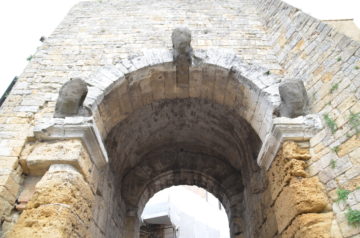
Porta dell’Arco
I speak at a lot of events and also at many private firms. Usually my sessions are hands-on in nature covering some aspect or procedure in a piece of software such as Autodesk Revit. My session at BILT will cover some of this type of material, but the hands-on aspects are not the main focus of the session. Rather I am interested in conveying a complete process that spans many tools and procedures with more of a focus on the overall process and showcasing what is achievable with today’s technology. One of my motivations for attending the Reality Capture Workshop was to gain hands-on access to the equipment and tools in an immersive two-week experience. As a sole proprietor, owning or even renting expensive laser scanning equipment can prove a bit cost prohibitive. That barrier was eliminated for the duration of the workshop. As with any similar technology, there are many options available in a variety of price points. And while there are some excellent options priced at a fraction of the cost of the higher end machines (like Matterport for example), laser scanners are not the only option. Photogrammetry allows for robust reality capture using a variety of cameras including the one on your cell phone! That certainly is more affordable than an expensive piece of dedicated hardware. So if you want to learn about reality capture technology, cost needn’t be a deterrent.

Drone over Tuscany
The real question is, what do you want to do with your reality capture data? Given the workshop’s goal as an educational experience, we were not there to fulfill a single goal. This meant that each participant had the freedom to tailor his/her experience to their own particular goals. But this is not typical of how most projects that utilize reality capture tech. In most cases, the reality capture tools will be employed by the team to solve a particular part of an overall problem within in a project. Reality capture is rarely the project in itself as it was in our Volterra workshops. So are you doing a traditional architectural or construction project? Here you will see reality capture used to assist not only in documenting existing conditions at the start of design, but also it is frequently used extensively by the contractors to document and verify daily progress and assist in in the field layout tasks. Reality capture is used in historic structures like the ones we scanned and photographed in Volterra to help in efforts to document, preserve, restore and share them with audiences around the World. And these are just some examples in the Architecture and construction arenas. The uses of these tools in nearly all industries is virtually limitless.
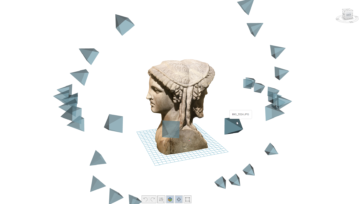
Photogrammetry
Over the course of the two workshops, we have accumulated nearly 2TB of point cloud data. While there have already been some nice end products generated from this data, it will take many more months or even years to fully process and disseminate everything we captured. Now that we have such a rich dataset, we are already expanding our efforts beyond our original educational goals to encompass many other avenues. These include some of the ideas already mentioned here as well as potential collaboration with archaeological initiatives taking place in and around Volterra. The future of this work is very exciting indeed!
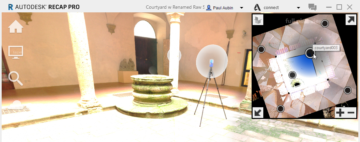
Point Cloud in ReCap Pro
Let me wrap this up by returning to the subject of my session at BILT. My session is just one small way that I am sharing the fruits of the Volterra workshop experience with a wider audience. There I hope to show a nice round trip experience from reality capture back to creating and sharing a new reality. I have also recently finished recording a video training course for LinkedIn Learning on the subject of Autodesk ReCap Pro. ReCap is one of the primary software tools that we used to process and compile our raw data from Volterra. The upcoming course will use some of the files captured in Volterra as exercise files to showcase the power and functionality of this powerful piece of reality capture software.
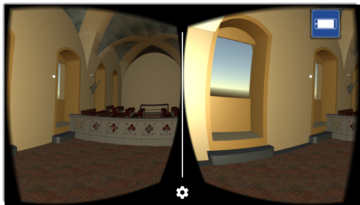
VR Experiences
If you’d like to learn more about BILT, please visit the site here.
If you want to read the handout for the session, you can download it here.
Details on the Reality Capture Workshop can be found here and here.
I don’t have a link to the LinkedIn Learning ReCap Pro course just yet, but when I do, I’ll edit this post. Meanwhile, you can learn more about LinkedIn Learning here.


